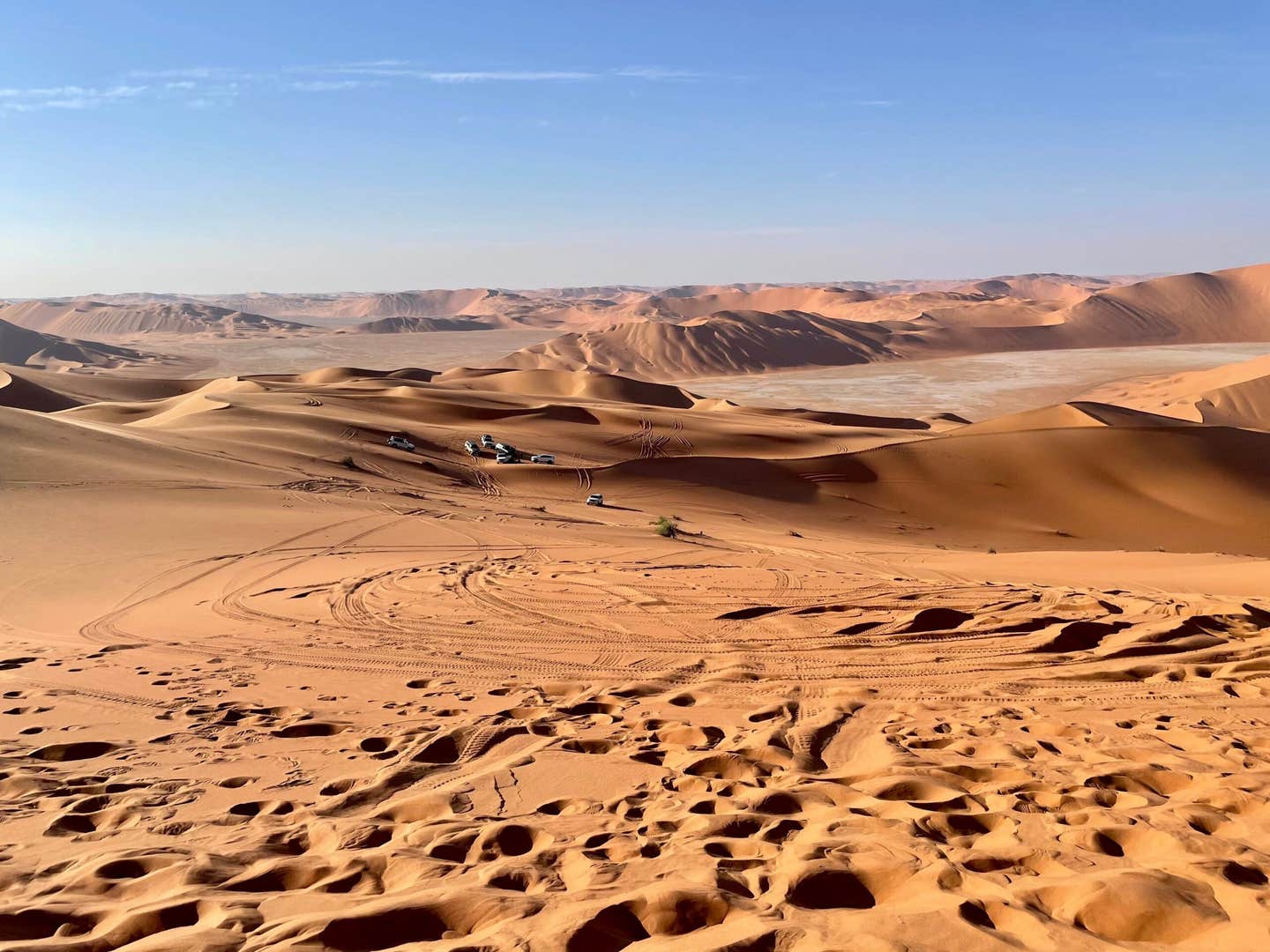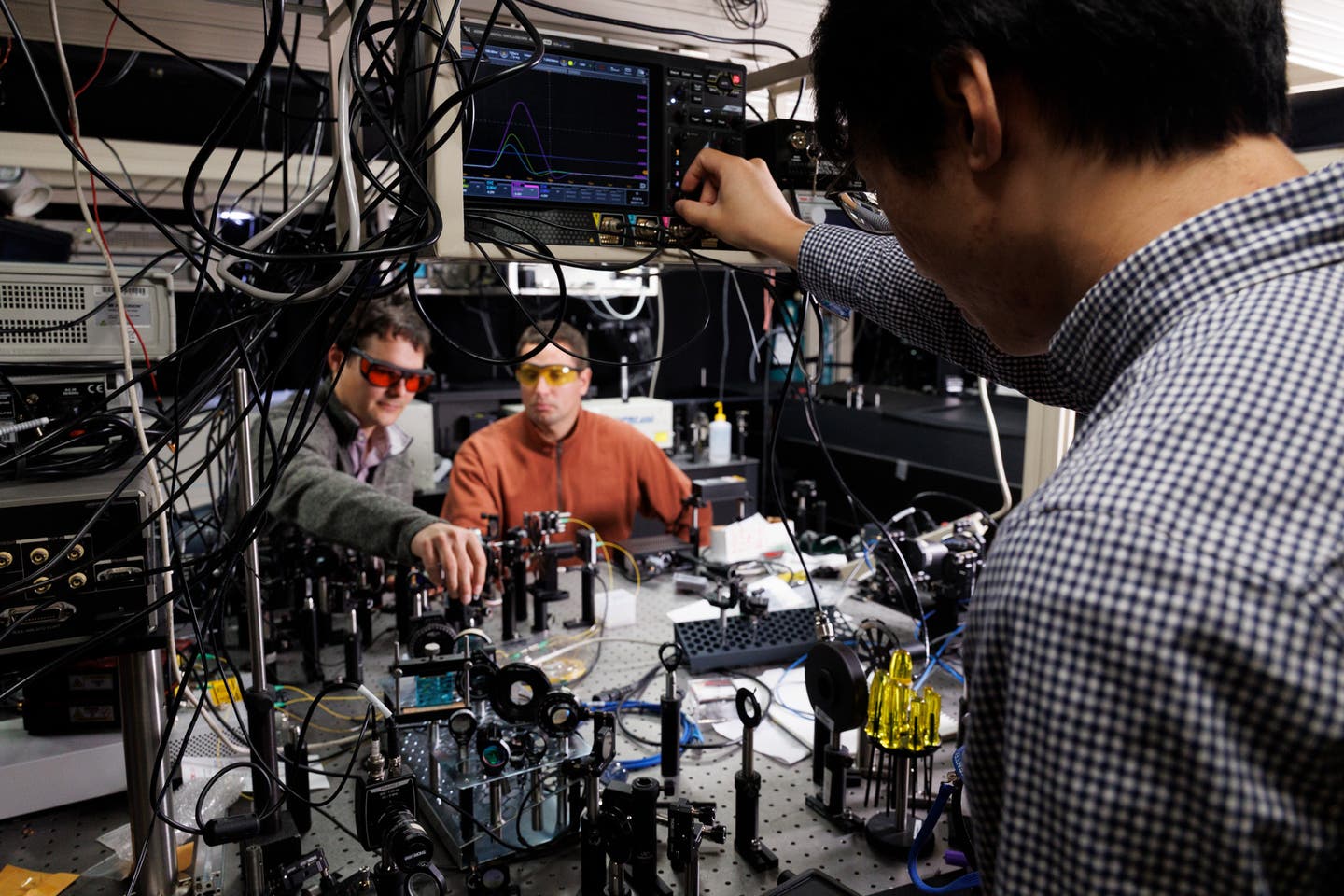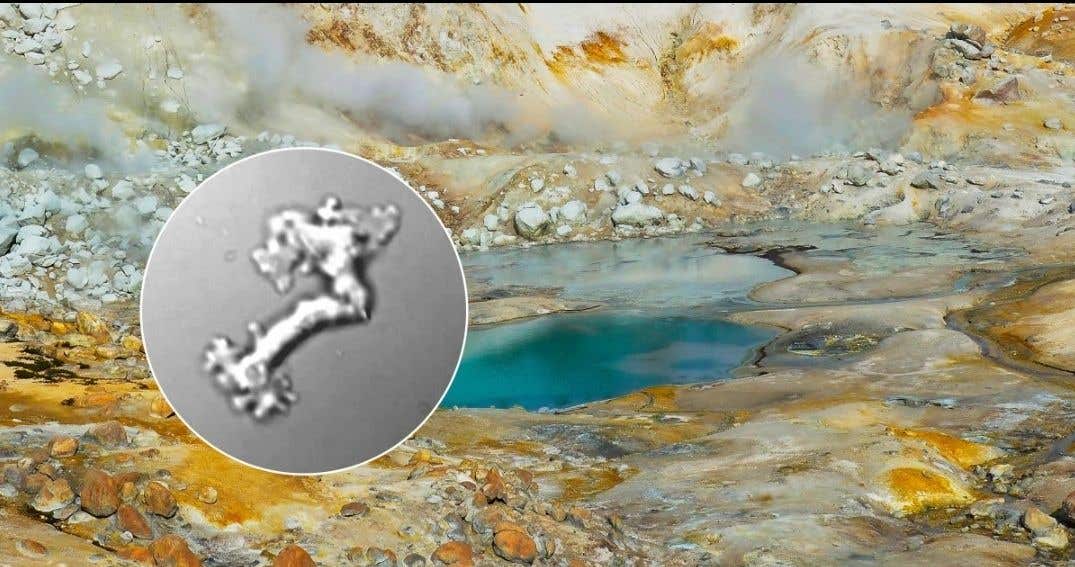AI technology uncovers ancient secrets hidden in the Arabian Desert
AI is helping archaeologists uncover ancient secrets in the vast Rub al-Khali desert. By leveraging advanced radar and machine learning, researchers can now detect hidden structures and broaden the reach of archaeological discovery.

AI to assist in exploring the Rub al-Khali, also known as the “Empty Quarter.” (CREDIT: CC BY-SA 3.0)
Researchers are finding creative ways to use artificial intelligence (AI) in archaeology, especially in challenging environments like deserts. A recent example comes from a team at Khalifa University in Abu Dhabi, who have leveraged AI to assist in exploring the Rub al-Khali, also known as the "Empty Quarter."
This massive desert spans 250,000 square miles across the Arabian Peninsula and holds evidence of thousands of years of human activity. By applying advanced AI techniques, researchers are uncovering secrets buried beneath the desert sands, opening new opportunities for archaeological discovery.
The team has developed a machine-learning algorithm specifically to assist in their search for ancient sites. They started by focusing on Saruq Al-Hadid, an archaeological site within the Rub al-Khali that reveals human activity dating back 5,000 years.
This site provided key data for training the AI, enabling the algorithm to detect other potential areas for excavation throughout the surrounding desert. This approach aims to overcome the logistical challenges faced during traditional surveys, which are difficult and costly in a landscape dominated by shifting dunes and harsh weather conditions.
One of the technologies used by the team is synthetic aperture radar (SAR), which can penetrate sand and vegetation, revealing structures hidden below the surface.
Traditional satellite imagery often struggles in areas like the desert due to interference from sandstorms and the presence of dust, but SAR offers a unique solution by providing high-resolution images that reveal what lies beneath. The radar technology used by the archaeologists covers much wider areas compared to ground surveys, which are labor-intensive and time-consuming.
Related Stories
The project has also received support from Dubai Culture, the government entity responsible for overseeing Saruq Al-Hadid. With financial backing, the researchers conducted both satellite and ground surveys to verify the effectiveness of the AI and SAR technologies.
The AI-based system, enhanced with deep learning, is capable of detecting features with an accuracy of up to 50 centimeters and can generate 3D models of potential structures hidden under the sand. This represents a major breakthrough in archaeological technology, as it allows researchers to see beneath the surface in places that are traditionally difficult to access.
In their paper published in Geosciences last June, the researchers discussed how dust particles and cloud cover have historically deteriorated the quality of remote sensing images in arid environments like the UAE. The use of SAR, despite its complexity and cost, has made it possible to circumvent these issues.
“To the best of the authors’ knowledge,” the researchers wrote, “the current study is the first to use advanced image processing and machine learning techniques for the detection, prediction, and guidance of archaeology within the area of interest and the Rub’ Al-Khali desert.”
The implications of this technology are far-reaching. AI is already making an impact globally in archaeological research. In Peru, AI played a key role in identifying new Nazca petroglyphs, with researchers from Japan’s Yamagata University announcing in 2023 that AI-assisted discoveries could be made 21 times faster than traditional methods. This global potential suggests that AI can be a powerful tool to uncover archaeological secrets that might otherwise remain hidden.
However, experts caution against becoming overly dependent on AI. Hugh Thomas, an archaeology lecturer at the University of Sydney, emphasizes the importance of human expertise in interpreting archaeological data.
According to him, while AI can be invaluable in covering large areas where there is minimal expectation of finding artifacts, there is still no substitute for a "trained archaeological eye" when it comes to analyzing potential sites in more promising areas.
“The way that I would like to use this kind of technology is on areas that perhaps have either no or a very low probability of archaeological sites, therefore allowing researchers to focus more on other areas where we expect there to be more found,” he stated.
Dubai Culture plans to begin excavations of the areas identified by the algorithm at Saruq Al-Hadid next month. So far, only about 10 percent of the site, which stretches over 2.3 square miles, has been explored. If the AI’s predictions prove accurate, this project could revolutionize the use of AI in archaeology, with Dubai Culture expressing interest in continuing the use of this technology.
Diana Francis, one of the lead researchers, said that the goal is to eventually apply this technology to other regions, including Saudi Arabia, Egypt, and parts of Africa. "The idea is to export (the technology) to other areas, especially Saudi Arabia, Egypt, maybe the deserts in Africa as well,” she explained.
The development of this AI-driven approach represents a significant step forward in how archaeology can be conducted, particularly in environments that are inhospitable to traditional exploration.
By combining AI, machine learning, and radar technology, archaeologists have the tools to uncover the past in a way that was never before possible, providing new insights into ancient human civilizations buried beneath the sands.
Note: Materials provided above by The Brighter Side of News. Content may be edited for style and length.
Like these kind of feel good stories? Get The Brighter Side of News' newsletter.



